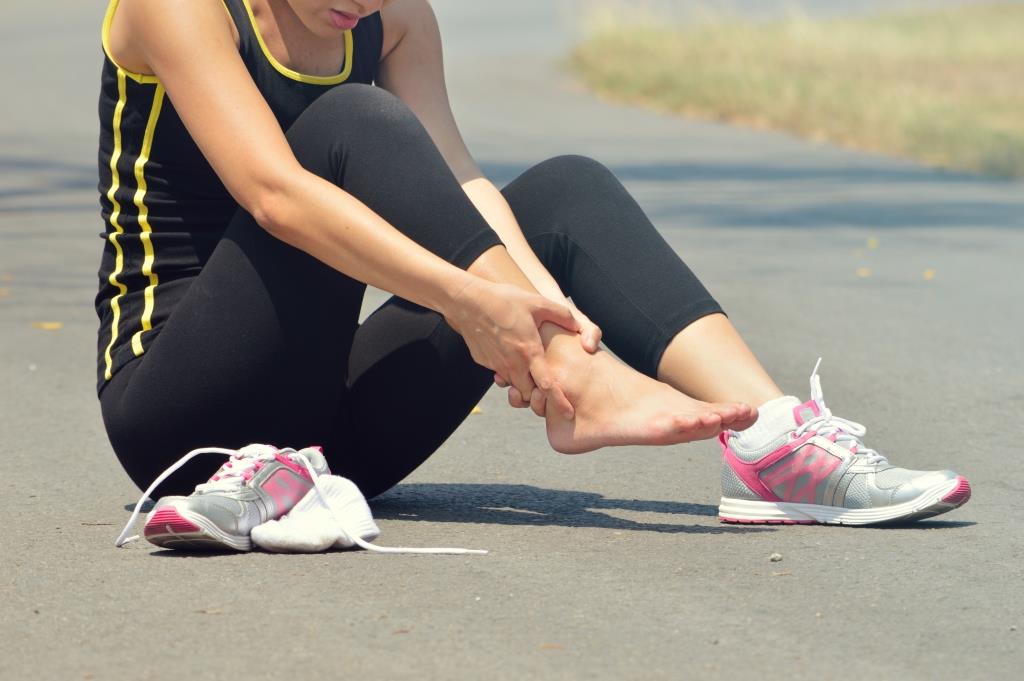
Sprain or ligament rupture?
How does it feel?
Muscle strain: A dull, diffuse pain. "When a muscle sprain occurs, resistance tests cause pain," says Dr. Ignacio Muro, a specialist in sports medicine.How does it happen?
Ligament rupture: A more acute pain, centered in a joint. "A ligament rupture hurts when you press down on it," explains Muro. "By moving the joint, the ligaments stretch causing pain."
Muscle sprain: "Sprains occur when you suddenly activate a cold muscle, so warming up is essential," warns Dr. Muro.
Ligament rupture: Occur with a sudden movement or change of direction. "That's why so many rugby players break ligaments: the studs stick in the field and the foot does not accompany the body while turning," Muro notes.
Worst case scenario
Ideal treatment
Muscle sprain: "With treatment, the muscles repair in five weeks." Blood flow facilitates the rapid elimination of any residue.
Ligament rupture: "Rehabilitation can take five months. The internal receptors are disconnected, so they do not warn the brain that the joint is unstable, this can often lead to new injuries."
Muscle sprain: Rest, take ibuprofen and apply ice 10 minutes every four hours the first three days. "Afterwards do gentle stretches and apply heat to encourage blood flow," advises the doctor.Preventive strategy
Ligament rupture: Go to the hospital. "You need immediate medical attention to diagnose the extent of the rupture. Have a MRI done and keep the joint elevated."
Muscle sprain: Change in routine. A group of researchers at the University of Lyon (France) found that those working alternate areas of the body, switching from the upper to the lower training every two weeks, reduced the likelihood of sprains by 50 percent.
Ligament rupture: Warm up with dynamic stretches. "Unlike the static stretches, you cause blood to flow through your joints while you stretch the ligament, thereby gaining resistance," Muro explains.
